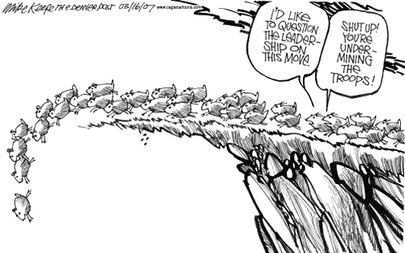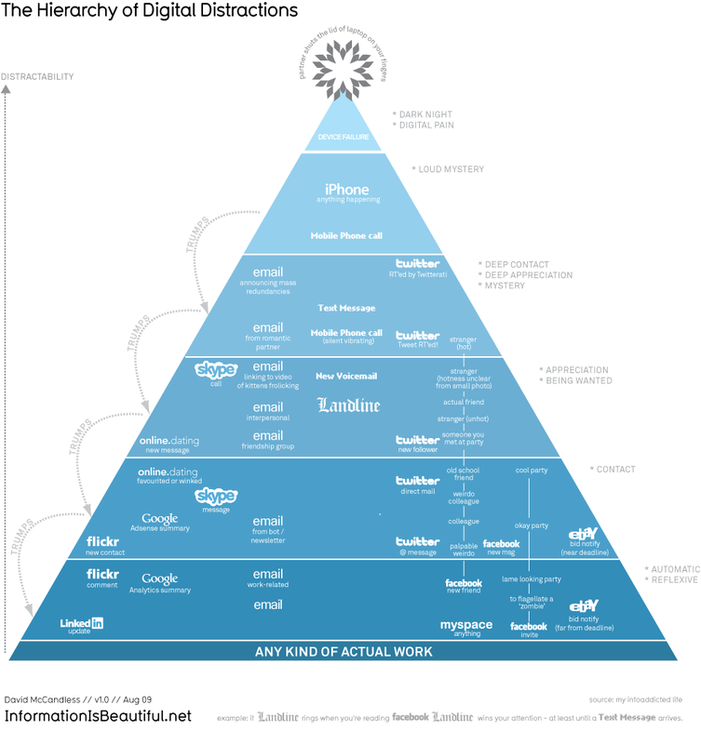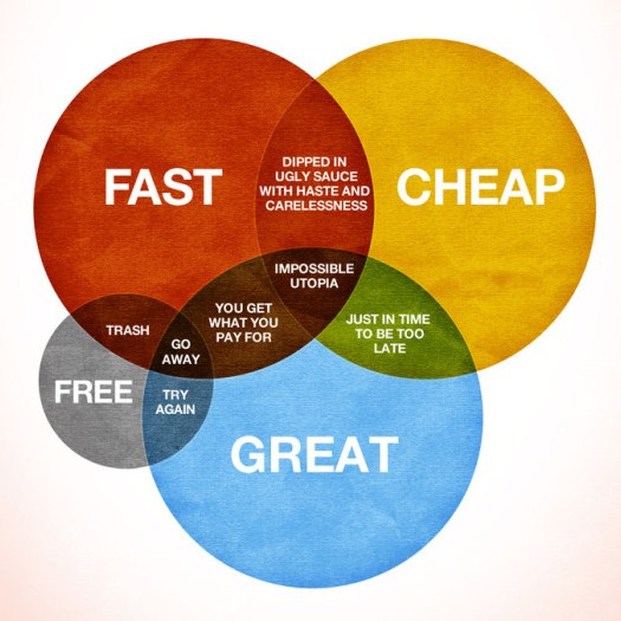
 A little over a year ago, I began this crazy new journey in my professional and personal life. I realized a life-long goal/dream, and I decided to pick up and transplant my family to a new town because of that realization. I'm not saying that it has all been a super easy journey, but I am saying that I can reflect on the last year of my life and feel satisfied that the year behind me was very well spent. And while this post might seem self-serving, I assure you that it is not. There is no way I would be writing this today if I didn't have the best wife and kids ever and the greatest work team ever assembled.
1 Comment
No, this post is not about over/under splits dealing with lots for sporting events - note the "(other)" in the title. Besides, you don't want gambling advice from me anyway. I can't win at paper, rock, scissors or even at flipping a coin. I'm fine with games where everyone has an equal shot. Not so great at chance; it's just not my thing. But I digress.
Do you use Twitter? Facebook? Social media? Ever heard of the Internet? Just kidding. Social communication is not just the way of the future; it’s the way of the now. There are a ton of people who still won’t give into it, and, in full disclosure, I understand almost all of their reasons. However, there are millions and millions of people all over the world that are “all-in” when it comes to social media and social communication. Wouldn’t it be nice if your business could reach those people in a more effective, value-building way? Well of course it would, dummy. Now, read on and find out how to do it.
Have you ever worked on a project where you felt like there was no defined objective and that ultimately you (or your team) were going to fall flat on your face? Well sure. I think everyone has been there at some point. From your middle school science fair project to that lucrative contract you landed and are now sweating, we've all been there.
I saw a particularly good image floating around on the interweb that beautifully illustrates how a concept/product can be so completely screwed up at every stage from inception to delivery. I have a million suggestions for how the following all-to-true situation can be avoided, but we'll save that for a later post. For now, just laugh, scoff, and bang your head along with me. Work productively my friends!  You know what the problem with conventional wisdom is? It relies on someone else's conventions. Okay, so 100 people are doing it this certain way. Conventional wisdom tells us that we should do it the same way because obviously their method is working for them. Well gee golly! If we all thought that way, we would never create anything new or revolutionary. I'm a little past tired of hearing people refer to processes and our need to support those processes as "conventional wisdom." I'm thinking we need some "revolutional wisdom." So it's working, is it? Great! Is it getting better? No? Then it's broken in my book. Let's strive to improve everything rather than being content when something is just okay. Isn't it amazing how easy it is to be distracted by digital elements in our society? Right now you are reading this blog post instead of doing whatever else you should be doing. Granted, your brain is taking care of your heartbeat and breathing rhythm, but we are always finding things to distract us from the voluntary tasks we should be doing.
I found the following infographic on Visual.ly this morning, and I thought it addressed the subject of digital distraction fairly well. Don't get me wrong. I'm not complaining about our techno marvels. But it is kind of eye-opening when you really take the time to consider how distracting they can be. Work on (or continue to digitally procrastinate)! There's an infographic floating around out there that asks, "How Would You Like Your Graphic Design?" While the illustrated concepts have everything to do with output from the graphic design process, they are equally applicable to just about any kind of work product. The original version can be found on Visual.ly, but I've cropped the title off the version below so that you can see how this diagram directly relates to your work and the quality of work you expect from other people. Enjoy!
Sometimes you see something online and you just can't help but laugh hysterically. I found the following image online yesterday, and I feel compelled to share it here. This is an absolutely perfect explanation of work relationships in modern business. I admit to falling into the project manager column, and I believe almost everyone I've ever worked with views me as one of these variations. Enjoy!
"Oh good, a philosophical post," you mutter as you shrug and roll your eyes. No, really, you should stick around for this one. On tap: reactionary versus proactive decision making.
The world is an ever-changing place (obviously). Mobile devices, the Internet, and social media all drive that change at a vastly accelerated rate over what we encountered even five years ago. Businesses have to be far more fluid than in years past, meaning they have to be prepared for market changes and expect significant shifts in their respective industries. How businesses implement policies to handle market shifts - when the rubber meets the road - says a great deal about how those businesses are run. When a company responds to market shifts and creates action plans after the fact, it is said to be reactionary. On the other hand, when a business anticipates market tendencies and preemptively aligns itself with future outcomes, it is said to be proactive. Companies shy away from proactive decision making for a lot of reasons, but none more than the ever-present business assassin, risk. What if the company shifts prematurely? What if the anticipated change doesn't occur or occurs in a manner other than what's expected? While these concerns are legitimate, they are no less avoidable than other inherent business risks when approached with the right frame of mind. Look at mobile apps - great example of these concepts in action. Company A sees a market trend - people can't seem to stop buying $0.99 applications that run on mobile devices. Company A seeks to exploit this trend in its industry before its competitors can do so. All the while, Company B sees the same market trend and discusses it ad nauseum. Rather than changing its business model to preemptively capture a potential high-growth market, Company B rejects mobile app development on the premise that sharing revenue with a third-party distributor for each copy of the software sold is ridiculous (even though its current distributor relationship offers an even greater discount on physical products). Six months later, Company B is exploring mobile app development (albeit with the same, "don't-share-your-profit" mindset) because an obvious revenue stream has manifested. Company A has completely reinvented itself, captured a new market segment, and increased its industry reputation all while making a good deal of money in the process. The only reason this was possible was because Company A believes in proactive decision making; Company B does not. Whatever course you choose when it comes to decision making, be sure you evaluate the short- and long-term consequences of both courses. Be sure you understand the managerial projection this issue will have on your employees. When at all possible, try and stay ahead of the curve. Decide, implement, and leave your reluctant competition behind. |
Work BlogEverybody needs something to do. I have lots of things to do. This is where I archive them, reflect on them, and (sometimes) persecute them. Archives
April 2015
Categories
All
|



